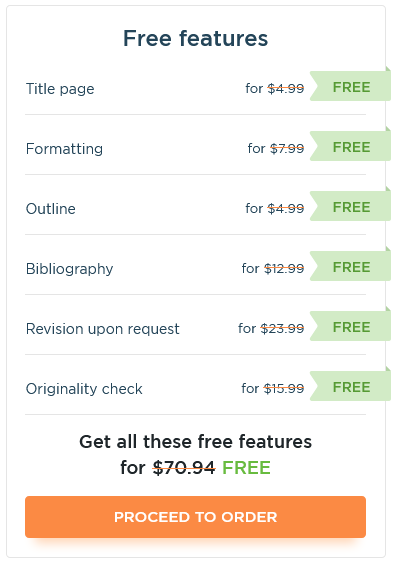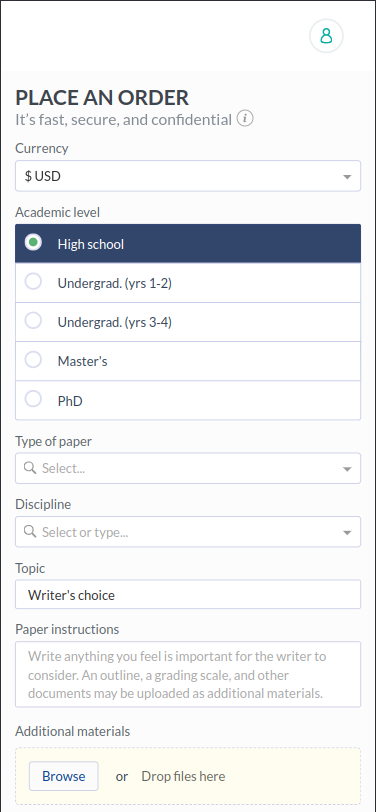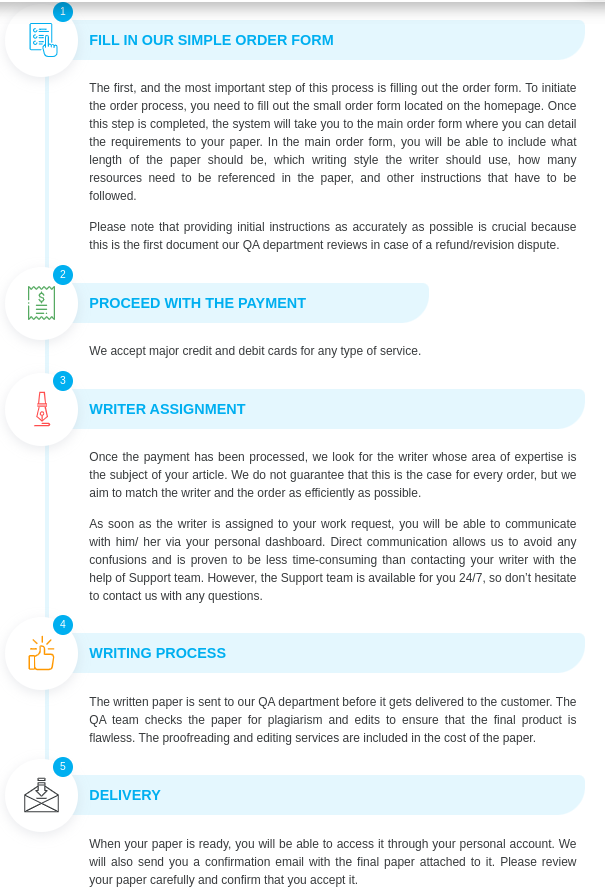6512 Week 7 iHuman Case Study Answers – Passed Out
Reason for encounter
Passing out
History Questions
- How can I help you today?
- How can I help him today?
- Does he have any other symptoms or concerns we should discuss?
- I the amount you urinate more or less than usual?
- Did you or have you ever lost consciousness?
- Do you have muscle pain or cramping?
- Do you have any other symptom or concerns we should discuss?
- Hs he had any seizures?
- Did he or has he ever lost consciousness?
- Have you had any trauma to your head?
- When did your headache start?
- When did your nausea and/or vomiting start?
- When did the pain in your legs start?
- When did your lightheadedness start?
- What are the events surrounding the start of your headache?
Physical Exam
- Cognitive status
- Blood pressure
- Pulse
- Respiration
- Temperature
- SPO2
- Orthostatic blood pressure
- Test capillary refill-fingers
- Inspect skin overall
- Perform ocular motor test
Case Findings
- Loss of consciousness
- Orthostatic hypotension
- Nausea
- Obesity
- Sweating
- Headache
- Lightheadedness
- Antihistamine use
ORDER 6512 WEEK 7 IHUMAN CASE STUDY ANSWERS – PASSED OUT NOW
Case Problem Statement
The patient is an 18-year old male who presents to the clinic accompanied by his father after an exercise associated collapse with brief LOC on the football field during practice. He reports having headache, lightheadedness, nausea, muscle cramps, excessive sweating, and decreased urination as well as admittedly not hydrating well. Physical exam shows tachycardia, orthostatic hypotension, dry mucous membranes and capillary refill of 3 seconds. Risk factors include: antihistamine use, alcohol, wearing heavy equipment in high heat & humidity, and obesity.
Management Plan
Diagnostic tests
- 12-lead electrocardiogram
Medications
- Refer to the ER for close observation and monitoring of vital signs and cardiac monitoring until patient is asymptomatic; no
- No medications to be administered
Suggested consults/referrals
- Nutrition consult for dietary assessment and meal planning
- Cardiac consult
- Psychotherapy consult for behavioral therapy in relation to substance use.
Patient education
- Heat-exhaustion is one of the heat-related illnesses that affects all individuals although older adults, children, and individuals with chronic illnesses are at a higher risk due to an impaired ability to dissipate heat. In severe cases, it can progress to a heatstroke (Périard, Eijsvogels & Daanen, 2021). Most important signs and symptoms to watch out for include; tachycardia, excess sweating, nausea, vomiting, lightheadedness, muscle cramps, cool & clammy skin, and headache.
- Management primarily focuses on discontinuing exercise/sports, cooling mechanisms, and decreasing exposure to radiative heat sources (Roberts et al., 2021).
- Heat exhaustion may be as a result of prolonged exposure to a hot environment, work, or exercise in the heat overwhelming the body’s ability to cool itself. Worsening factors include; inadequate intake of fluids or dehydration.
- Collaborate with the coach and family to develop hydration and acclimatization plans.
- Patient to remove all excess clothing, stop all exercise and sports for 24 hours, use cool towels on face and neck to promote heat loss, drink more cool fluids.
- Going forward, to prevent heat exhaustion, limit outdoor activities and sports when there’s a high heat index (Roberts et al., 2021). Alternatively, dress in loose-fitting, absorbent, single-layer clothes.
- Obesity, substance use, and use of antihistamines are additional risk factors that have predisposed you to heat exhaustion. Alcohol consumption negatively affects thermoregulation and causes dehydration (Savioli et al., 2022). Besides, nicotine use increases heat intolerance and obesity prevents transfer of heat to the environment.
- Encourage dietary modification to promote weight loss and a healthy BMI.
- Encourage substance use cessation through psychotherapy.
Follow-up
- To return for follow-up in 2 weeks for progress evaluation.
- Provide student with a school note, to be home and excused from workouts and sports for 3-5 days.
References
Périard, J. D., Eijsvogels, T. M., & Daanen, H. A. (2021). Exercise under heat stress: thermoregulation, hydration, performance implications, and mitigation strategies. Physiological reviews.
Roberts, W. O., Armstrong, L. E., Sawka, M. N., Yeargin, S. W., Heled, Y., & O’Connor, F. G. (2021). ACSM expert consensus statement on exertional heat illness: recognition, management, and return to activity. Current sports medicine reports, 20(9), 470-484.
Savioli, G., Zanza, C., Longhitano, Y., Nardone, A., Varesi, A., Ceresa, I. F., & La Russa, R. (2022). Heat-related illness in emergency and critical care: recommendations for recognition and management with medico-legal considerations. Biomedicines, 10(10), 2542.
ORDER 6512 WEEK 7 IHUMAN CASE STUDY ANSWERS – PASSED OUT NOW




